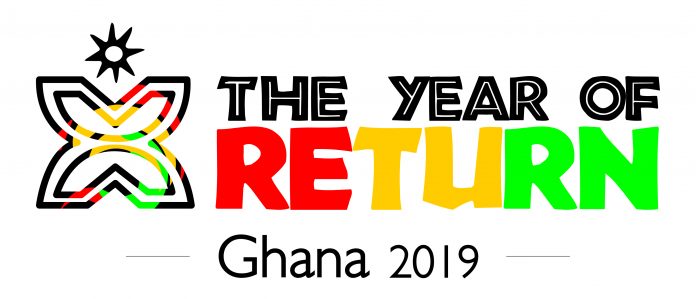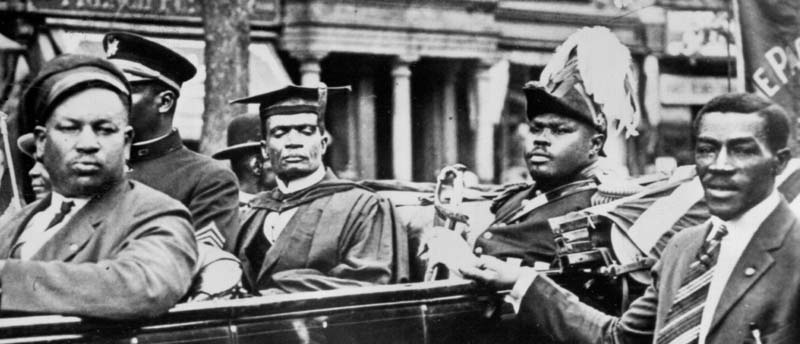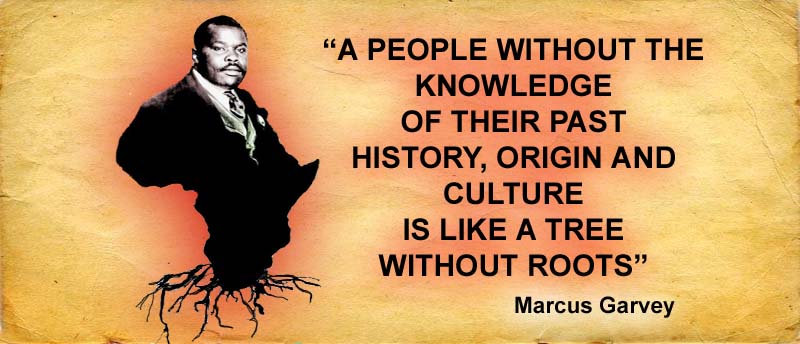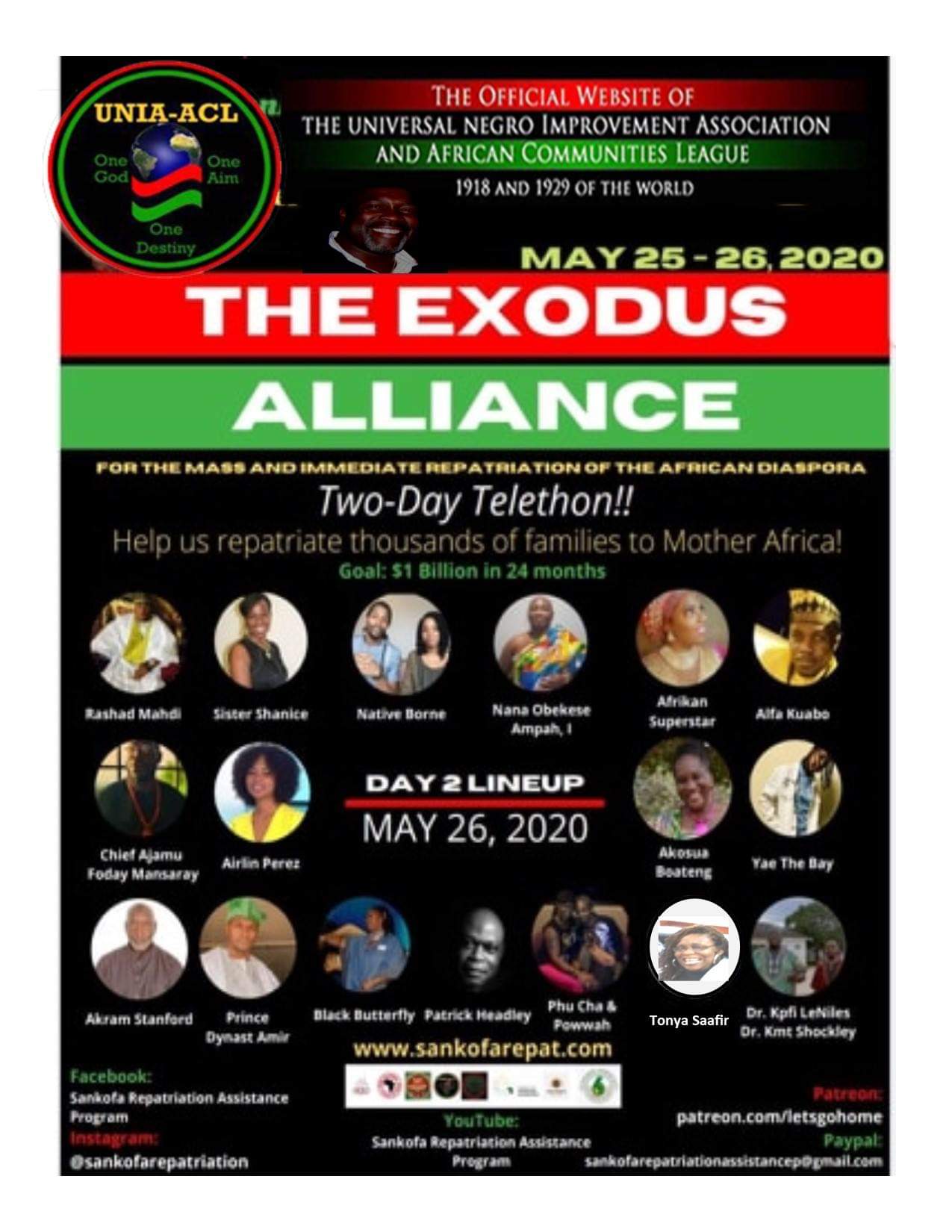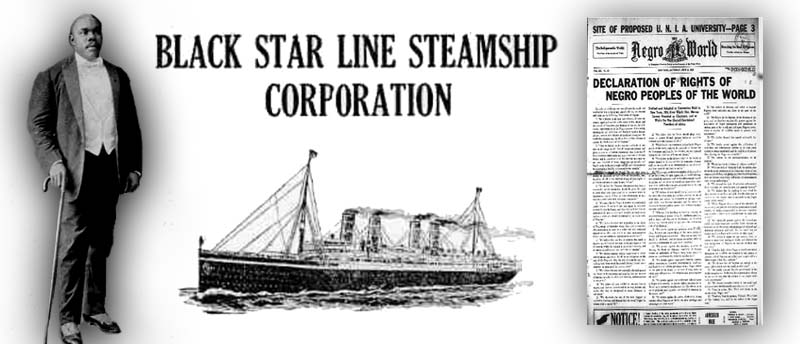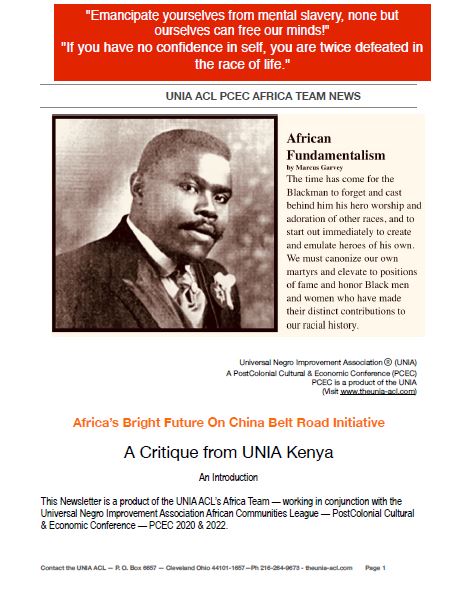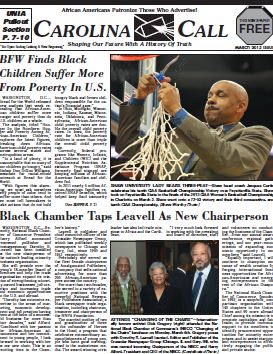Pan-Africanism
By:
Appiah, Kwame Anthony
Wide range of ideologies that are committed to common political or cultural projects for Africans and people of African descent. In its most straightforward version, Pan-Africanism is the political project calling for the unification of all Africans into a single African state, to which those in the African diaspora can return. In its vaguer, more cultural, forms, Pan-Africanism has pursued literary and artistic projects that bring together people in Africa and her diaspora.
Significant Trends
The Pan-Africanist movement began in the nineteenth century among intellectuals of African descent in North America and the Caribbean who thought of themselves as members of a single, “Negro,” race. In this, they were merely following the mainstream of nineteenth-century thought in North America and Europe, which developed an increasingly strong focus on the idea that human beings were divided into races, each of which had its own distinctive spiritual, physical, and cultural character.
As a result, the earliest Pan-Africanists often limited their focus to sub-Saharan Africa: to the region, that is, whose population consists mostly of darker-skinned (or, as they would have said, “Negro”) peoples. In this way, they intentionally left out lighter-skinned North Africans, including the large majority who speak Arabic as their first language. In the twentieth century, however, this way of thinking of African identity in racial terms was challenged. In particular, the intellectuals born in Africa who took over the movement's leadership in the period after World War II developed a more geographical idea of African identity.
The founders of the Organization of African Unity (OAU), such as Gamal Abdel Nasser of Egypt and Kwame Nkrumah of Ghana, for example, had a notion of Africa that was more straightforwardly continental. African unity for them was the unity of those who shared the African continent (though it continued to include, in some unspecified way, those whose ancestors had left the continent in the enforced exile of the slave trade). Nevertheless, the movement's intellectual roots lie firmly in the racial understanding of Africa in the thought of the African American and Afro-Caribbean intellectuals who founded it.
Because Pan-Africanism began as a movement in the New World, among the descendants of slave populations, and then spread back to Africa, it aimed to challenge anti-black racism on two fronts. On the one hand, it opposed racial domination in the diaspora; on the other, it challenged colonial domination, which almost always took a racial form, in Africa itself. The stresses and strains that have sometimes divided the movement have largely occurred where these two rather different goals have pulled it in different directions.
Intellectual Origins
The idea of linking together the whole “Negro” race for political purposes was developed by a wide range of nineteenth-century African American intellectuals. We can still speak of these nineteenth-century thinkers as Pan-Africanist, even though they did not use the term. Like Pan-Slavism in Eastern Europe and the forms of romantic nationalism that created modern Germany and Italy, early Pan-Africanism reflected a philosophical tradition, derived from the German philosopher Johann Gottfried Herder (1744–1803).
In Herder's opinion, peoples (or, as they were often called, nations) such as the Slavs, Germans, and Italians, were the central actors of world history. He suggested that their identities were expressed largely in language, in literature, and in folk culture, and he thought that such nations were naturally drawn together by the desire to live together in states, with a shared language, culture, and traditions.
The cultural oneness of a nation led naturally, in Herder's view, to political union.The first black intellectual to apply this theory in a systematic way to people of African descent was W. E. B. Du Bois (1868–1963). In a lecture on “The Conservation of Races,” published by the American Negro Academy in 1897, Du Bois used the word “Pan-Negroism.” Du Bois was an African American who had studied as an undergraduate at Harvard with the philosopher William James. But in 1892 Du Bois had gone on to do graduate work at the Friedrich Wilhelm University in Berlin, and was, therefore, thoroughly familiar with the intellectual traditions of modern European nationalism, as well as with the philosophical tradition that began with Herder.
In “The Conservation of Races” Du Bois argued that “the history of the world is the history, not of individuals, but of groups, not of nations, but of races.” (But he mentions Slavs, Teutons—that is, Germans—and the Romance race, indicating that, like so many other Western intellectuals of his day, he took real nations to race.) He argued, too, that the differences among races were “spiritual, psychical, differences—undoubtedly based on the physical, but infinitely transcending them.” And, finally, he insisted (in a manner strongly reminiscent of Herder) that each race was “striving ... in its own way, to develop for civilization its particular message.”The problem for Pan-Negroism was how the Negro people were to deliver their message. Du Bois believed that African Americans (whom he called the “advance guard of the Negro people”) were to play the leading role in that task. He thought that they were especially well suited for this task because some of them, like Du Bois himself, had been exposed to the best modern educations and the highest forms of knowledge.
Though Du Bois's formulation had roots in the theorists of European nationalism, he was also strongly influenced by several earlier African American thinkers, whose work we can understand most easily in the context of the broad nineteenth-century history of antislavery or “abolitionist” thought. The focus of attention for all the major black thinkers in the New World in the early nineteenth century was the abolition of slavery and of the slave trade. Since most people, both black and white, believed that racial hostility between blacks and whites was inevitable (this view was explicitly held, for example, by Presidents Jefferson and Lincoln) one major preoccupation of some abolitionists concerned finding territories that could be inhabited by freed blacks.
The colony of Sierra Leone was created in the late eighteenth century by British abolitionists, in part as a home for freed blacks and the black poor of England; the American Colonization Society played a similar role in the creation of Liberia in the 1820s. But other schemes were
proposed to colonize parts of Latin America, the Caribbean, and the American western frontier. All of these schemes, of course, presupposed that Africans (and their descendants in the New World) belonged naturally together in a political community, separated from other peoples.
There were significant voices raised in protest against this assumption—notably that of the American ex-slave and abolitionist Frederick Douglass—and they were joined by many others after the United States formally recognized the citizenship of people of African descent in the post–Civil War amendments to the U.S. Constitution. But in the first half of the nineteenth century the majority view, among both black and white intellectuals, was that home was needed for the Negroes if they were to be free.
Perhaps the most important black intellectual forerunners of Pan-Africanism were three men who addressed themselves to this situation: Martin R. Delany (1812–1885), Alexander Crummell (1822–1898), and Edward Wilmot Blyden (1832–1912). Martin R. Delany was born in the southern United States, but his family moved to Pennsylvania during his youth. He began a medical education at Harvard but was forced to leave because white students would not work alongside him. Delany's contributions to the prehistory of Pan-Africanism begin with his own sense of a profound connection with Africa. He was proud that he was a “full-blooded Negro” and he named his children for—among others—Toussaint Louverture (the black leader of the Haitian Revolution), Ramses II (the pharaoh of Egypt), and Alexandre Dumas (the French novelist, who had African ancestry). But he was also a powerful voice for black emigration from the United States, arguing in his
The Condition, Elevation, Emigration and Destiny of the Colored People of the United States (1852) that only in a country without white people could black people flourish. In that early work, Delany did not make the obvious suggestion that blacks should “return” to Africa. This was not because he was against the idea but because, along with other leaders of the re-emigration movement, he believed that most African Americans (convinced by anti-Negro propaganda) were likely to see Africa as a very unattractive place to live.
In his Official Report of the Niger Valley Exploration Party (1861), written after he had been to Africa, he wrote of the continent as “our fatherland” and argued that its regeneration required the development of a “national character.” And he proposed the formula, “Africa for the African race and black men to rule them,” which is one of the earliest formulations of a Pan-Africanist principle.Alexander Crummell was born in New York and studied at Cambridge University in England. He was the first African American to do so and was an ordained Anglican clergyman. He was also the first African American intellectual to spend a significant amount of time in Liberia. (When Delany visited that country in 1859, he met Crummell, who by then had been there for two decades.) In The Future of Africa(1862), a collection of essays and lectures written while he was in Liberia, Crummell developed a vision of Africa as the motherland of the Negro race.
In “The English Language in Liberia,” based on a lecture given on Liberian independence day in 1860, he argued that African Americans who had been “exiled” in slavery to the New World had been given by divine providence “at least this one item of compensation, namely, the possession of the Anglo-Saxon tongue.” Similarly, he argued for the providential nature of the transmission of Christianity to Negro slaves, and that it was the duty of “free colored men” in America to convert their
ancestral continent to Christianity. In the essay “The Relations and Duties of Free Colored Men in America to Africa,” he also expressed with great clarity the underlying racial basis of his understanding of Negro identity. There he defined a race as “a compact, homogeneous population of one blood ancestry and lineage,” and argued that each race had certain “determinate proclivities,” which manifested themselves in the behavior of its members. Crummell was, with Blyden, one of the founders of Liberia College (later the University of Liberia). Unlike Blyden, however, he did not become a permanent resident of Liberia, returning rather to the United States, where he continued to argue for the importance of engagement with Africa on the part of blacks in the African diaspora. Crummell was the leading spirit in the foundation of the American Negro Academy, and was present at the meeting at which Du Bois first read “The Conservation of Races.”
He was also a significant influence on Du Bois, who included an essay about Crummell in his extremely influential volume The Souls of Black Folk (1903). Edward Blyden was born in the West Indies but traveled to Liberia in 1850, under the auspices of the American Colonization Society, becoming a citizen of that country for the rest of his life. Like Crummell, he was a priest, and, as we have seen, they worked together in the early days of the University of Liberia. Blyden spoke many languages. His essays include quotations in the original languages from Dante and Virgil, and he studied Arabic to teach it at Liberia College. Later he became the Liberian Ambassador to Queen Victoria.
In Christianity, Islam and the Negro Race (1887) Blyden expressed the conviction that underlies Du Bois's first explicit formulation of Pan-Africanism: “Among the conclusions to which study and research are conducting philosophers, none is clearer than this—that each of the races of mankind has a specific character and specific work.” Blyden, like Crummell, had little respect for the traditional cultures of Africa. They shared the view that Christian blacks in the diaspora had a responsibility to convert their African cousins. But Blyden argued explicitly that what he called Africa's current “state of barbarism” did not reflect any innate deficiency in the Negro.
“There is not a single mental or moral deficiency now existing among Africans,” he said, “ ... to which we cannot find a parallel in the past history of Europe.”Pan-African CongressesPan-Africanism as an intellectual movement begins, then, in the work of Du Bois, Delany, Crummell, and Blyden. But its institutional history starts with Henry Sylvester Williams, a London barrister born in Trinidad. He planned to bring together people of the “African race” from around the world in 1897; and in July 1900, after a preliminary conference in 1899, such a gathering took place in London.
(The actual word Pan-Africanism seems to have been coined either at this Pan-African Conference or at the earlier planning conference.) There were four African representatives—one each from Ethiopia, Sierra Leone, Liberia, and the Gold Coast colony—and a dozen from North America (among them Du Bois); eleven representatives came from the West Indies, five from London.
The conference opened with the clearly stated aim of allowing black people to discuss the condition of the black race around the world. In 1919 Du Bois and others organized the first Pan-African Congress, in Paris, which brought together representatives from the Americas, Europe, and Africa to discuss the plight of Africans living under colonialism. This was followed by the second Pan-African Congress, also organized by Du Bois, which met in three sessions, in London, Brussels, and Paris, this time with representatives from French and Portuguese colonies in Africa as well. They issued a final declaration that insisted on the equality of the races, the diffusion of democracy, and the development of political institutions in the colonies. It also urged the “return” of Negroes to their own countries and urged the League of Nations to pay attention both to race relations in the industrialized world and to the condition of workers in the colonies. A third Congress occurred in London in 1923 and continued, according to Du Bois, in Lisbon (though this appears to have been little more than an opportunity for Du Bois to talk to some people from the Portuguese colonies on his way from London to Liberia, where he was the official representative of the United States at the installation of the Liberian president). The fourth Pan-African Congress was held in New York City in 1927. The Pan-African Congress movement than effectively disappeared until the fifth Congress in Manchester in 1945, during which the baton was handed from the diaspora to the continent.
Du Bois's contribution now lay in the shadow of that of figures such as Kwame Nkrumah, who was to be Ghana's first prime minister. (And, indeed, Du Bois was the only African American present.) The sixth Congress, held in 1974 in Dar es Salaam, was presided over by Tanzanian president Julius Nyerere. During the period between World War I and World War II, in the heyday of the Pan-African Congress movement, the sentiment received a substantial practical boost from the growth of the Universal Negro Improvement Association (UNIA). Led by Marcus Garvey, a Jamaican immigrant to the United States, the UNIA became the largest black movement in the African diaspora.
While the slogan of the movement was “Back to Africa,” and Garvey did indeed plan a shipping line for the purpose, relatively few members of the organization actually left the New World for the Old. Nevertheless, Garvey's commitment to racial pride and to the celebration of black historical achievement, and his concern to link the diaspora to the continent, make him an important figure in the movement's history. One West Indian–born intellectual did play an important role in planning the 1945 Congress, namely George Padmore (1902–1959). (Padmore was a pseudonym: he was born Malcolm Nurse.) Padmore was a Trinidadian who had spent some time in the United States, studying at Columbia University and at Fisk (a black university that Du Bois had also attended). He worked as a Communist Party organizer among students at Howard University, the black university in Washington, D.C. Later he spent time in Germany and in Russia, where he became in 1930 the head of the Negro Bureau of the Red International of labor unions. In the next few years, he worked for Communist organizations in Austria and Germany, moving to London in 1935. From then until his death in 1959 he was the leading theorist of Pan-Africanism, and was a close friend and adviser of Kwame Nkrumah. His Pan-Africanism or Communism (1956) is probably the
most important statement of his position.Pan-Africanism TodayIn the period after World War II African intellectuals were preoccupied with the question of independence. Once independence was attained, Pan-Africanism became an ideology through which relations among the newly independent states could be thought about; Pan-Africanist rhetoric continues to be important in the language of the Organization of African Unity, which was founded in 1963.
In that same period, black intellectuals in North America were taken up with questions of civil rights. There were always resonances between these two projects—Du Bois was involved in both throughout his long life, and died a citizen of Ghana; African diplomats sought to have civil rights questions raised in the forum of the United Nations. But Pan-Africanism took philosophical form in the period leading up to Padmore's work, and its major theoretical works are those of Padmore and Du Bois.Citation: Appiah, Anthony.
"Pan-Africanism.
" Africana: The Encyclopedia of the African and African American Experience, Second Edition, edited by Kwame Anthony Appiah. , edited by Henry LouisGates Jr. Oxford African American Studies Center, http://www.oxfordaasc.com/article/opr/t0002/e3057 (accessed Mon Nov 30 19:17:22 EST 2009).BibliographyGeis, Immanuel.
London: The Pan-African Movement: A History of Pan-Africanism in America, Europe, and Africa. Africana Publishing Company and Methuen, 1974.Moses, Wilson J. The Golden Age of Black Nationalism: 1850–1925. Archon Books, 1978.Williams, Michael W. Pan-Africanism: An Annotated Bibliography. Salem Press, 1992.© Oxford University Press 2006.
All Rights Reserved



